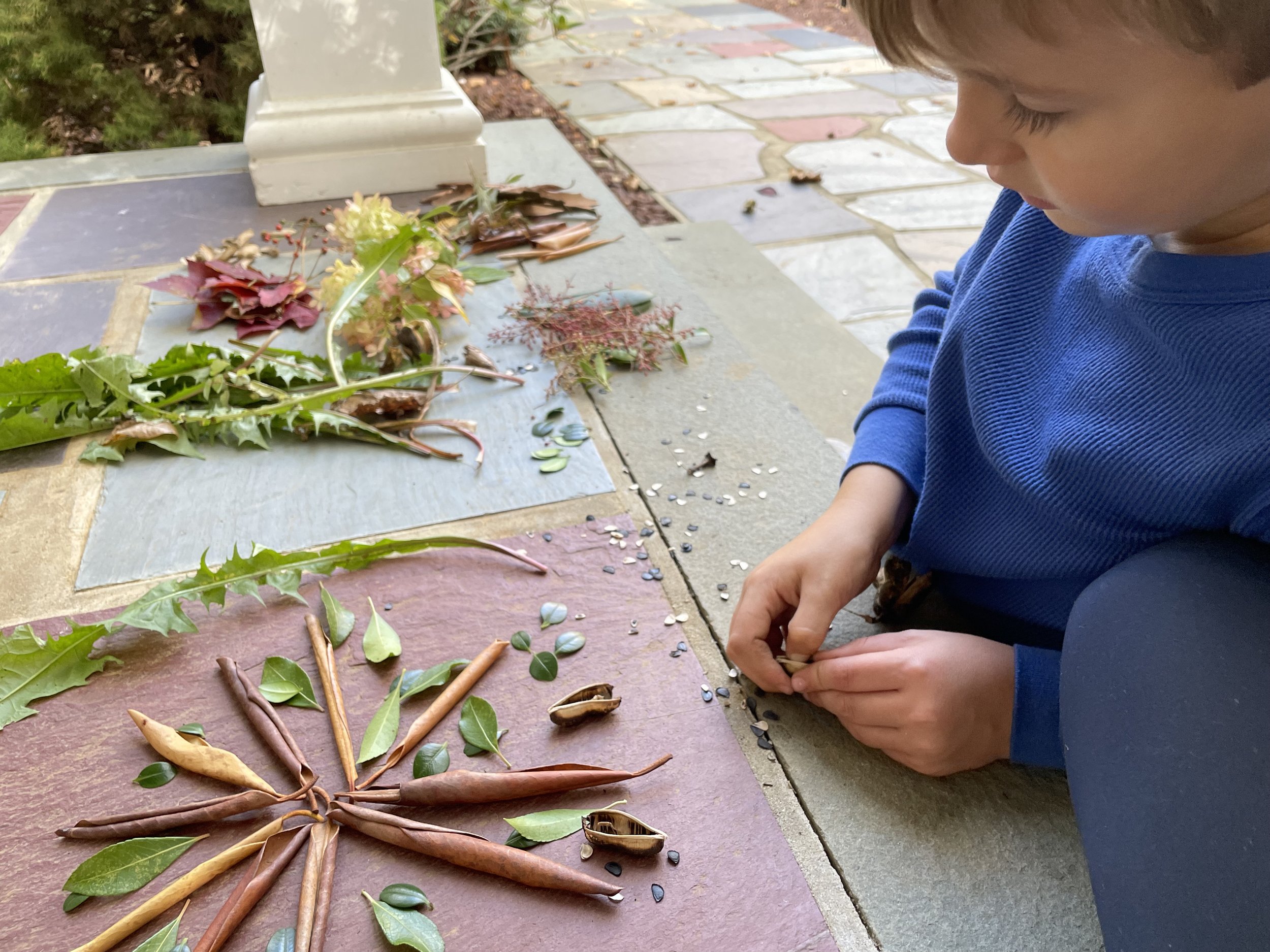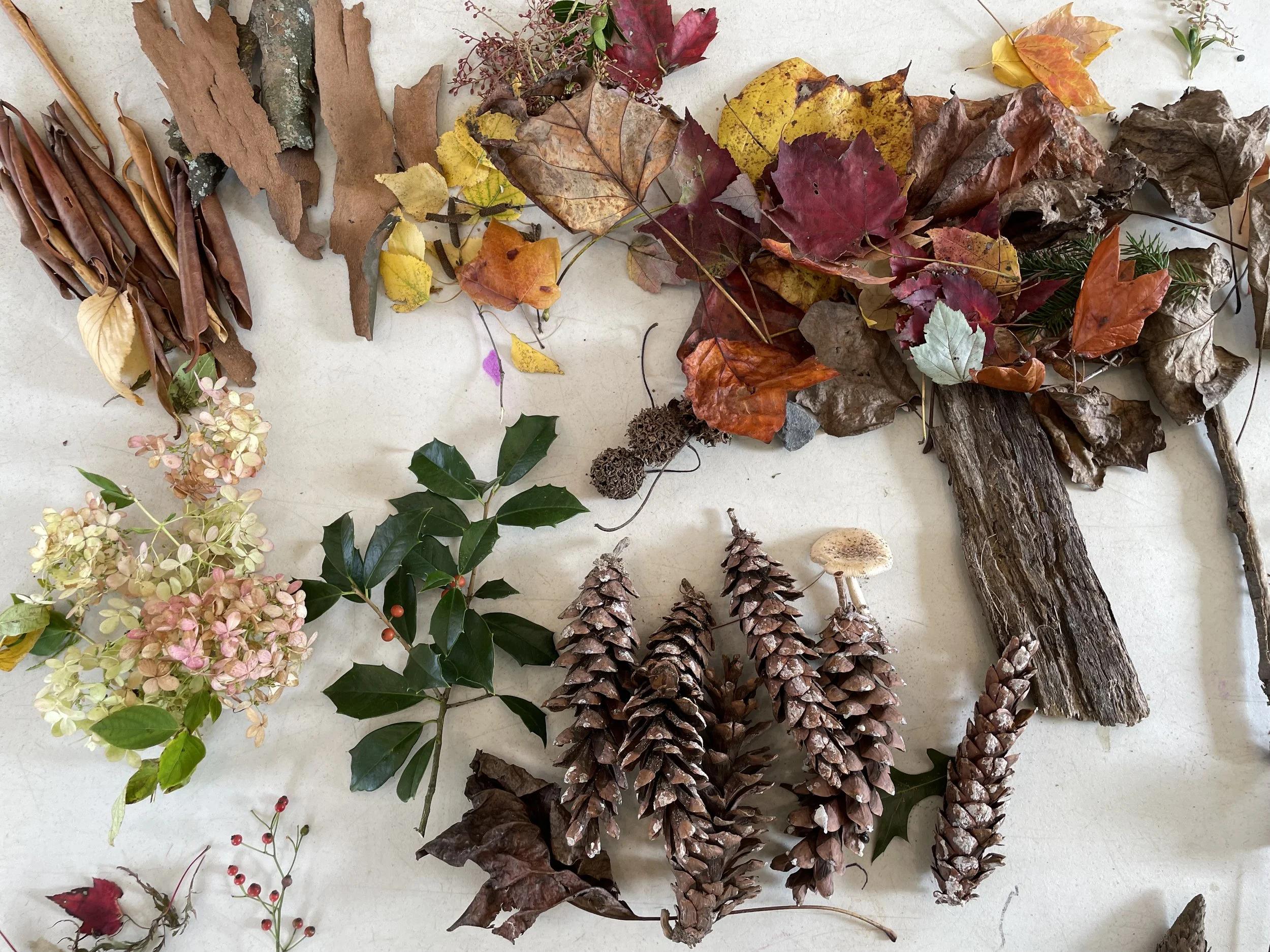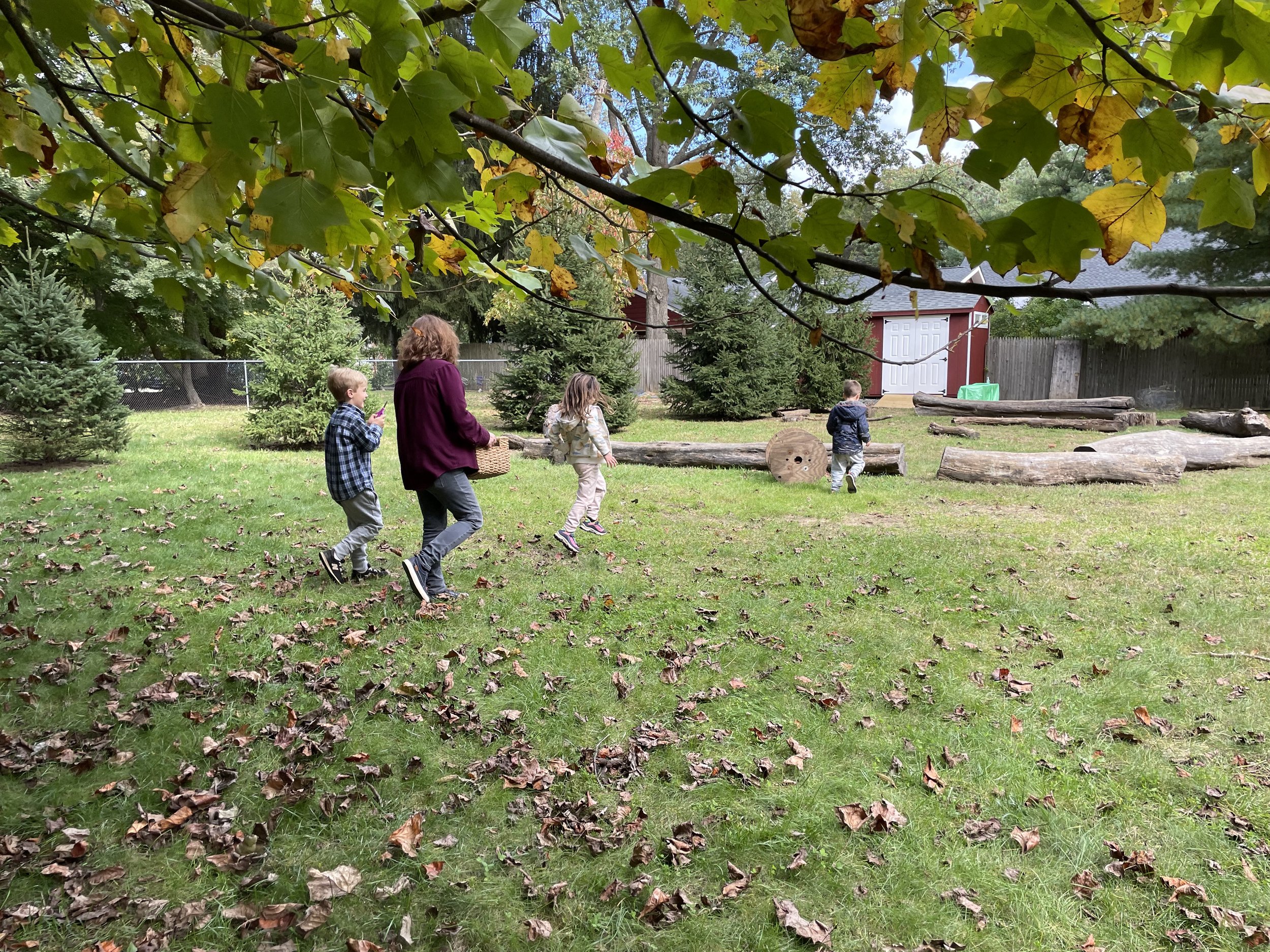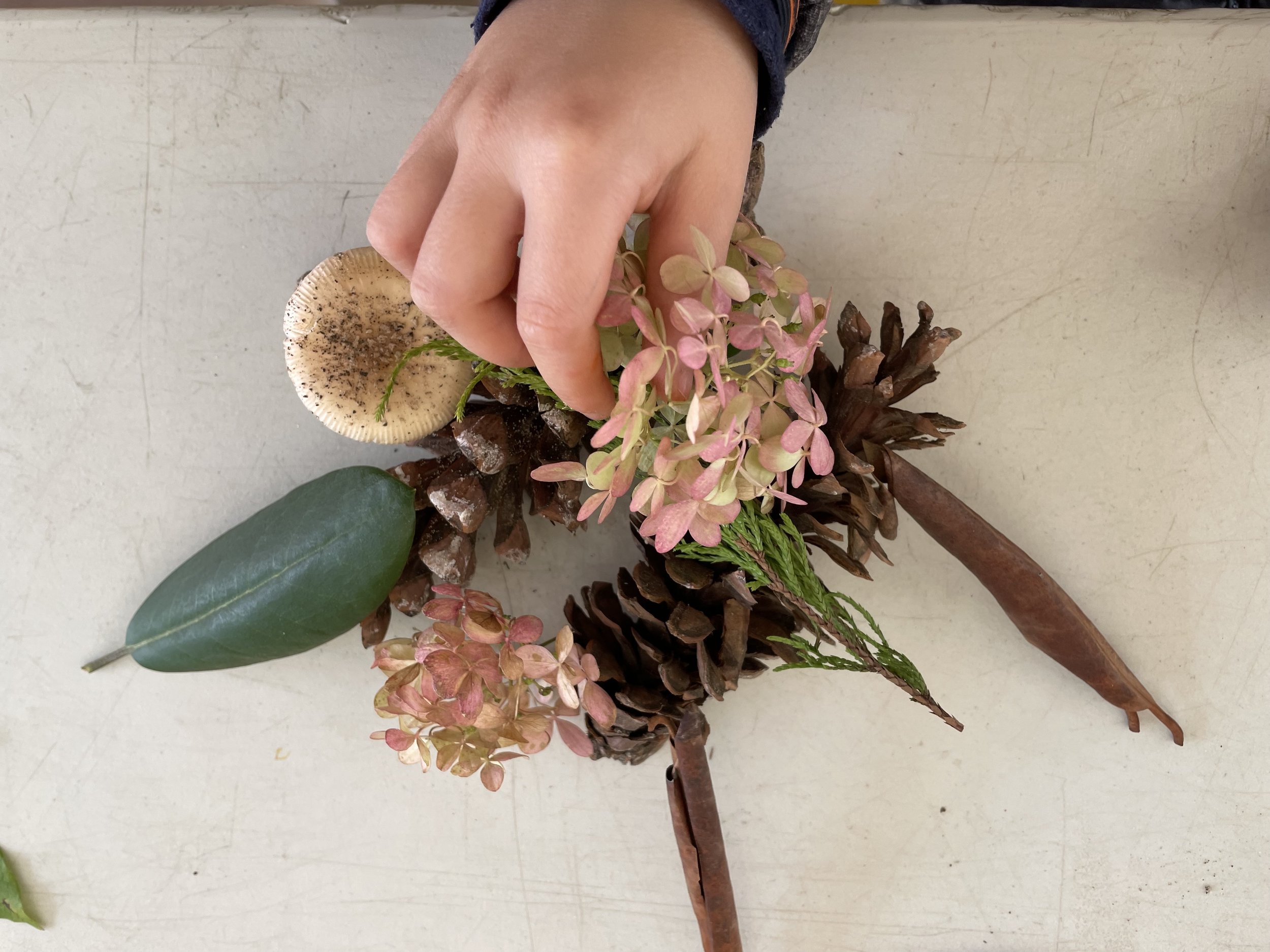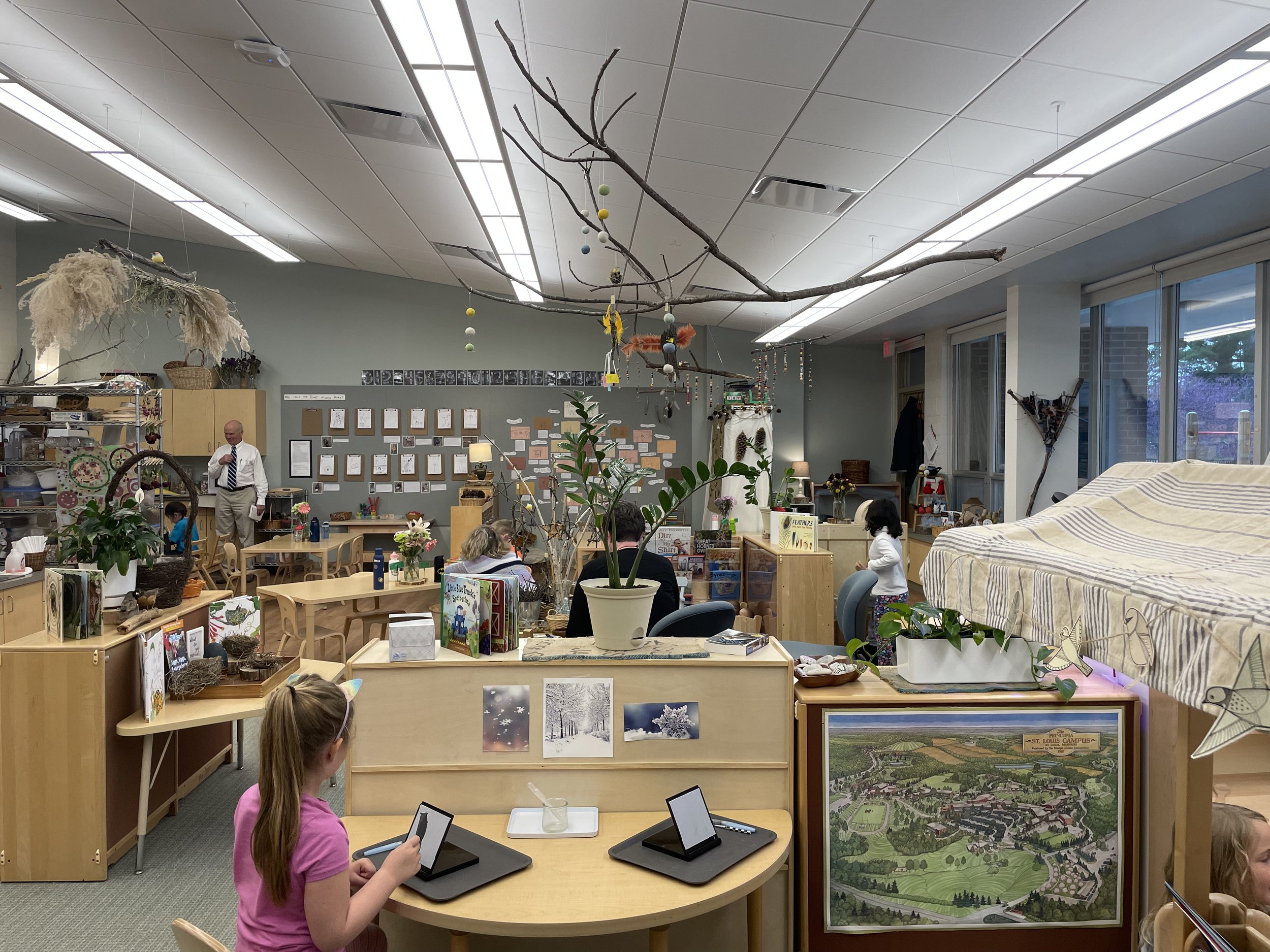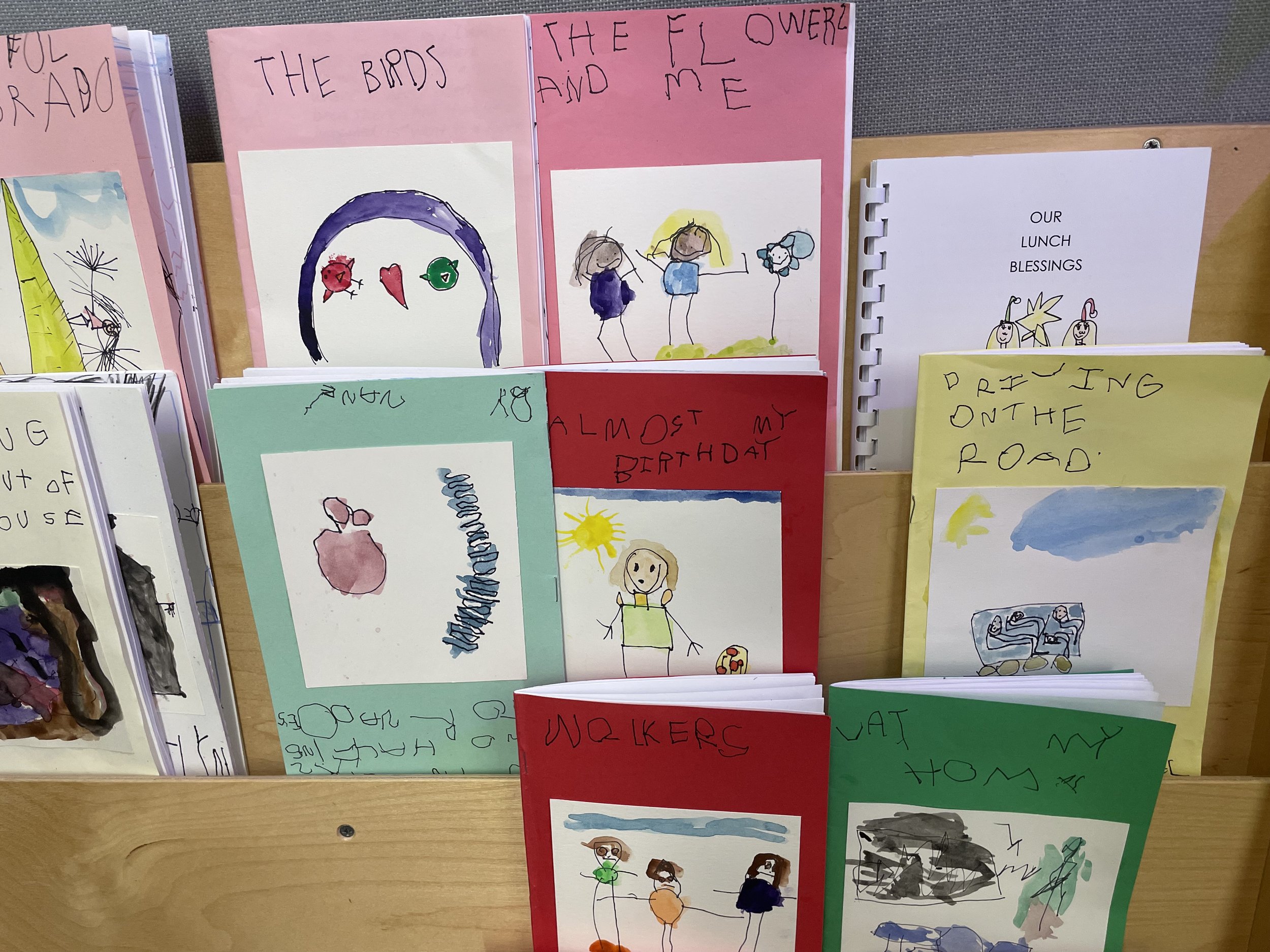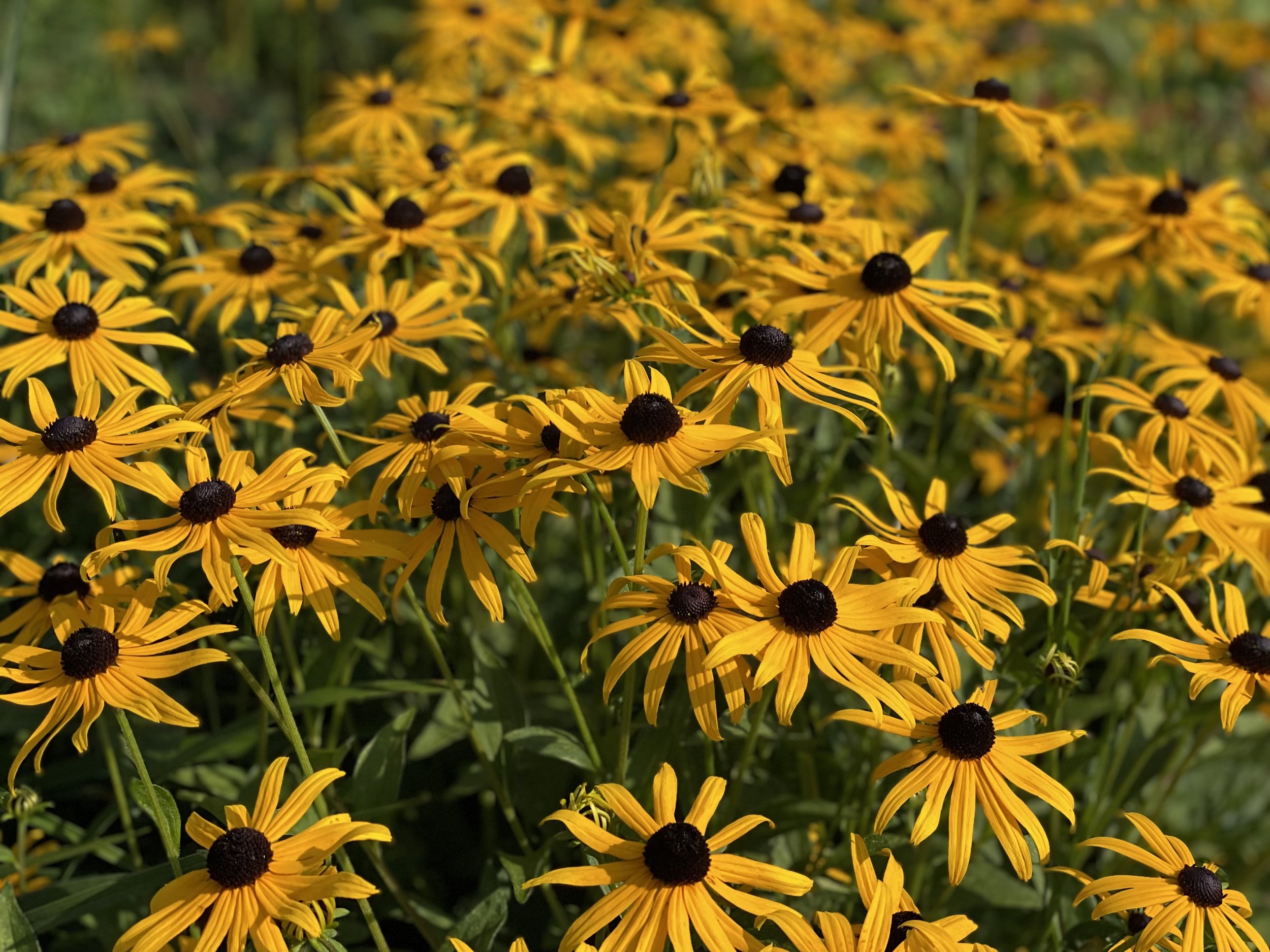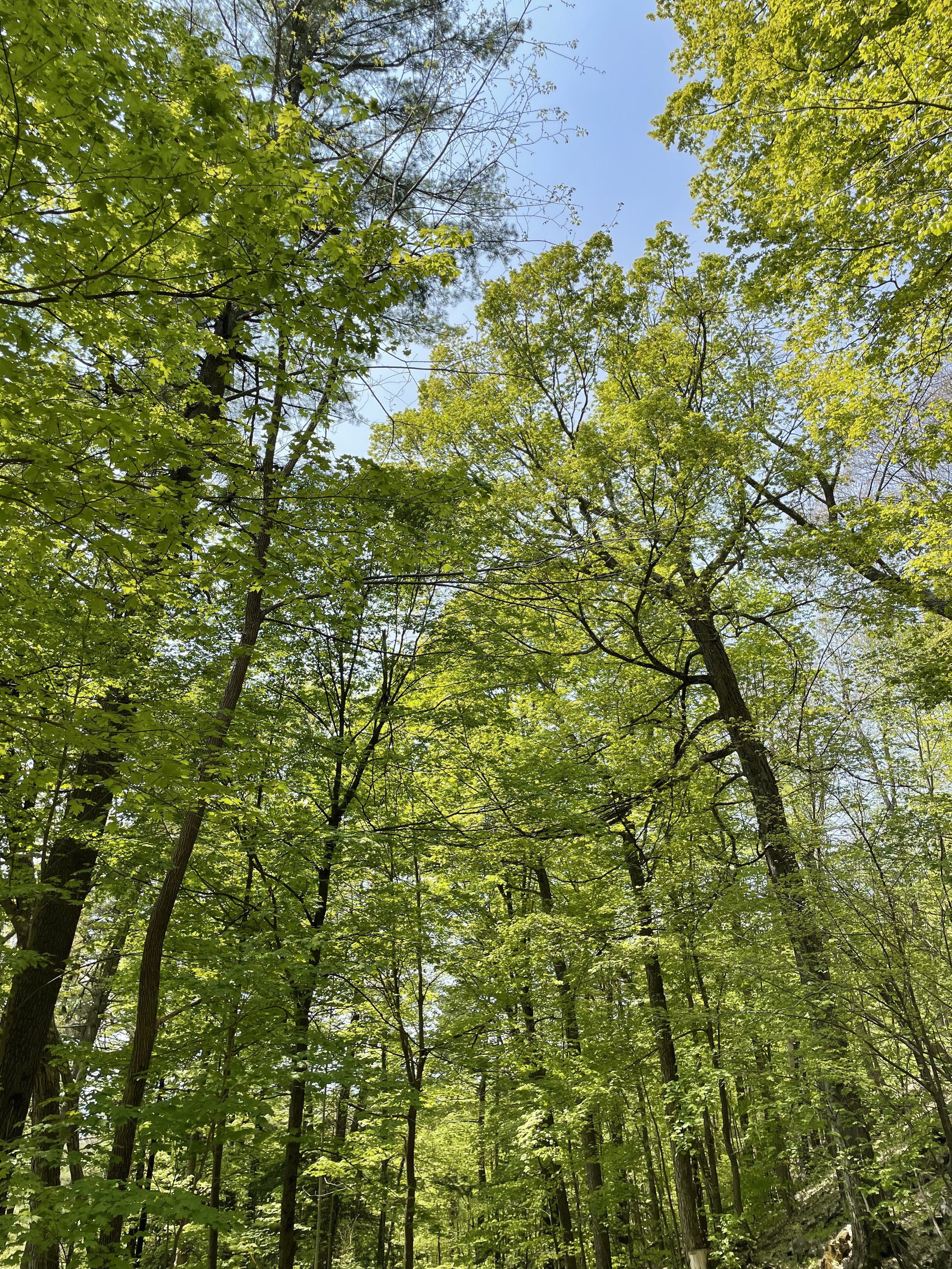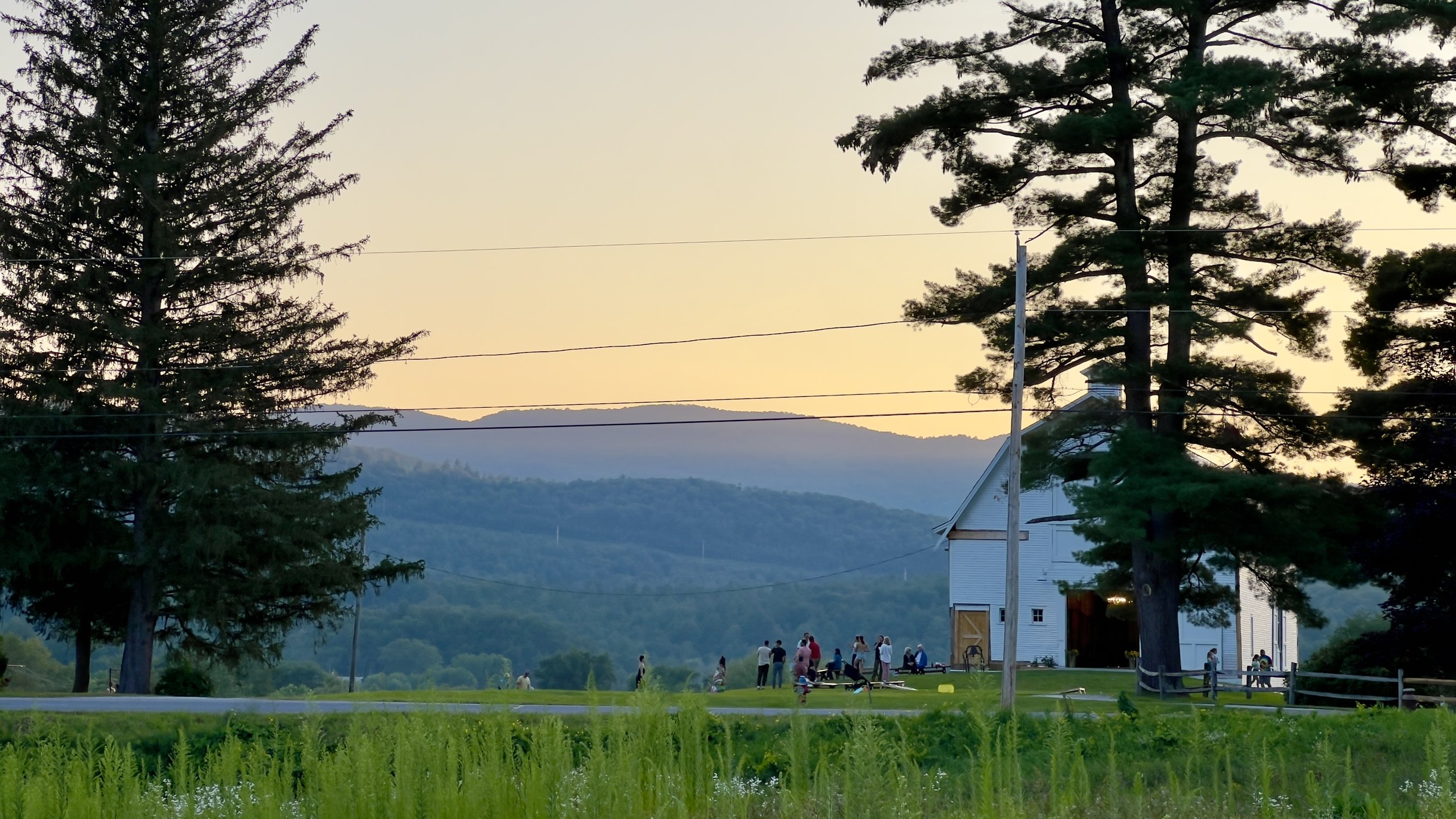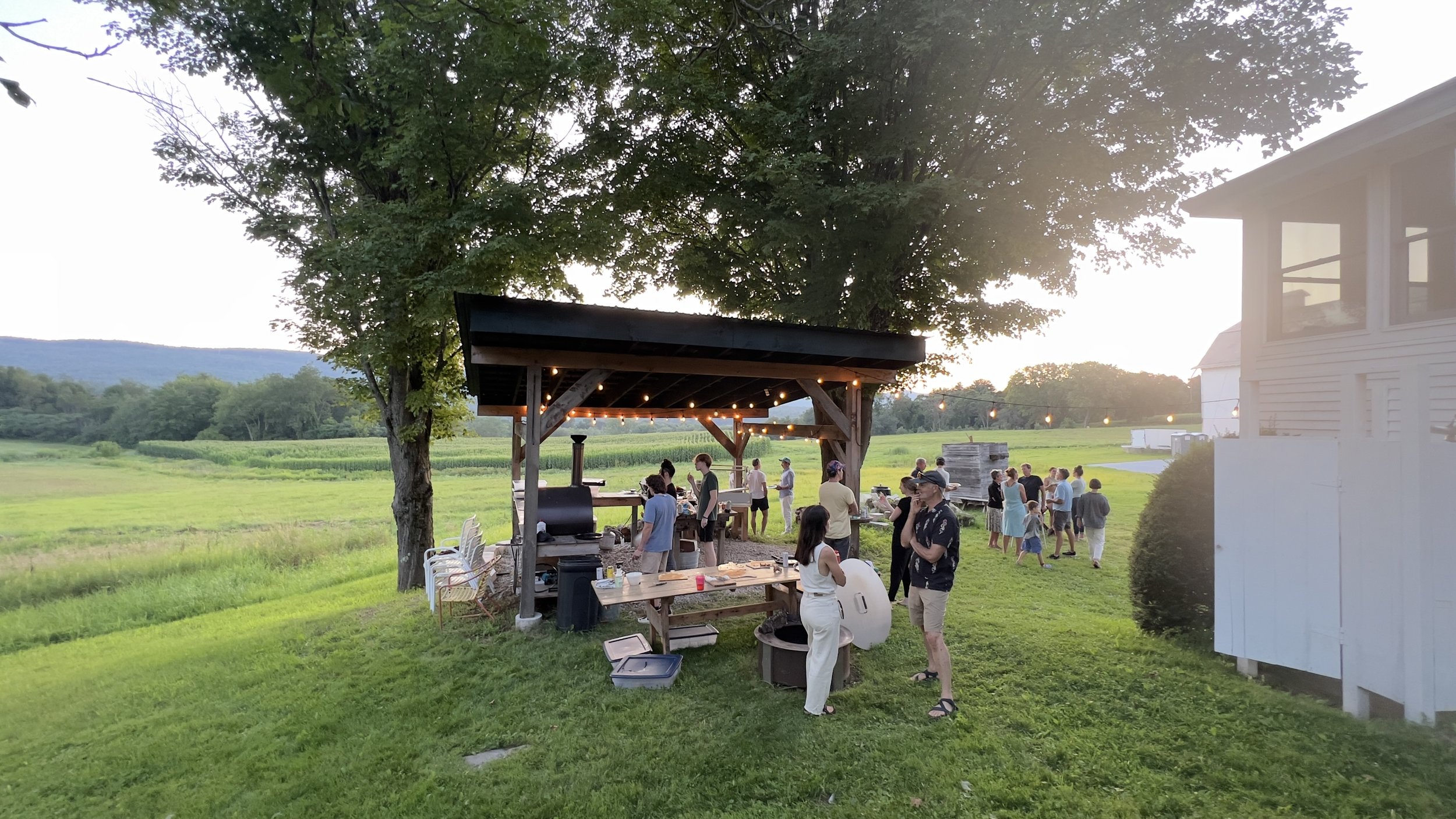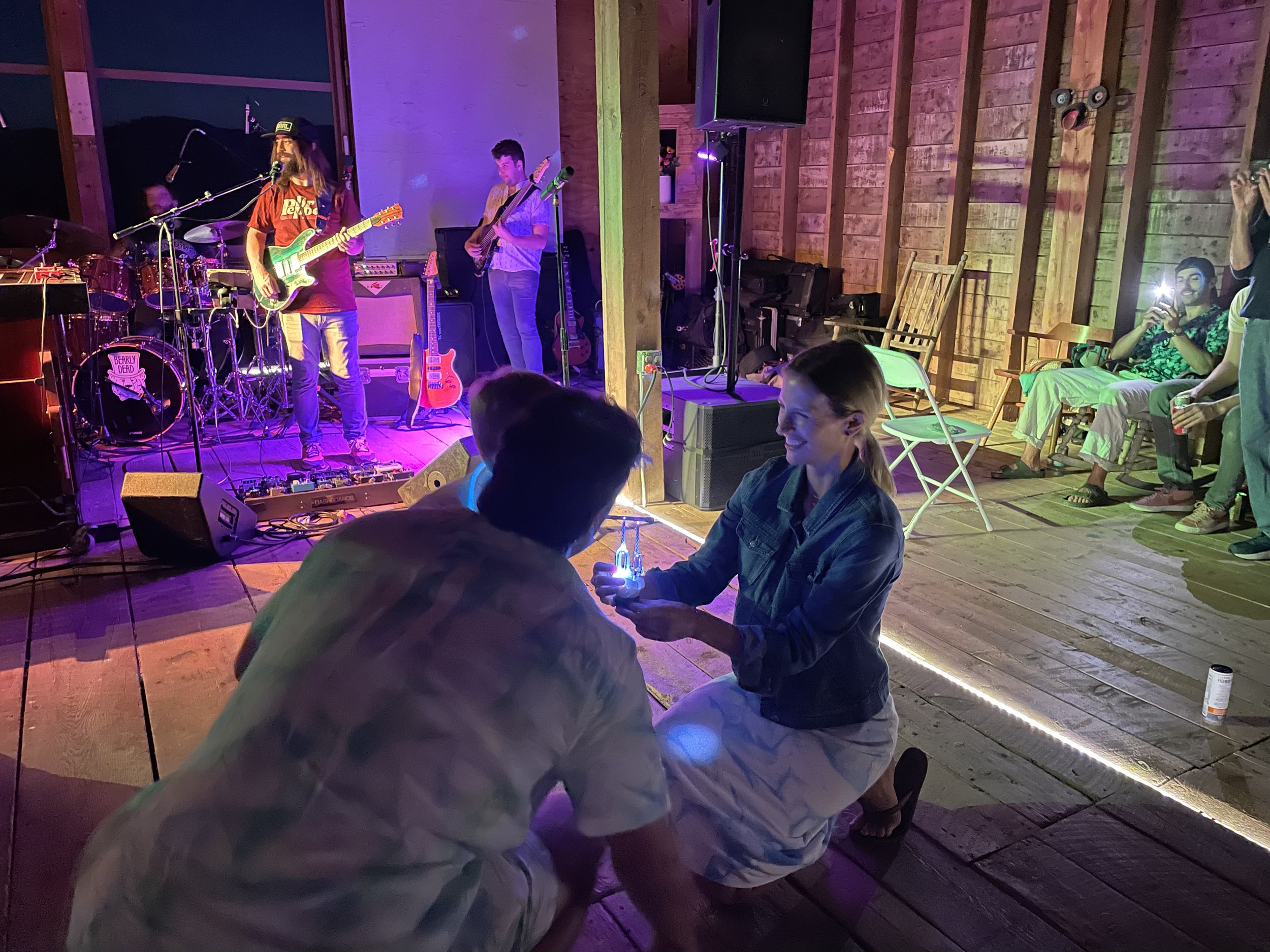Jack arranging natural materials
A few weeks ago, I was lucky enough to get on the train in Middlebury, Vermont and get off at Penn Station and then head to see our son, Chris, our daughter-in-law, Lei, and two grandsons, Jack and Alden.
I have written about Jack frequently here because I spent several full days a week with him during the pandemic when he was two years old and his family lived close by. We drew, walked in the woods, adventured, baked, worked with potters’ clay, and collected natural materials always.
Now, Jack is almost 5 years old. He still loves to play with art materials when we are together, and I can be counted on to have some with me in my bag to pull out and share.
A collection
This time, I wanted to make a collection of natural materials with Jack around his house and neighborhood. In New Jersey, it was glorious fall a week or so before Halloween and there were so many leaves, twigs berries, and seeds to choose from.
Then, I thought…let’s try to arrange some of these things, making patterns and arrangements that maybe the wind could have made. This way of working is inspired by what I observed and loved in Reggio Emilia, where I learned that natural materials are materials just like clay and paint and pens are materials. It is most recently inspired by Margot Guralnick who makes compositions with natural materials every day and posts them on Instagram. I wrote about Margot and my experiences with her and my granddaughter, Delilah, a few months ago.
Jack’s park
Jack liked seeing photographs of what Delilah and I had made a month before in Boston and he dove into the experience which happened on the front steps of his house. Only something was different… Jack started telling a story right away. He said he was making a park. And he told me about all the parts of the park that he was fashioning with the leaves, twigs, and berries that he placed carefully in his composition.
Jack: Isn’t this starting to look like something?
It’s not finished yet.
Actually, it’s a park. I have a very good memory of it. This is a canoe. Theses are the logs for my camp fire. (pointing to open seed pods.)
These are all meeting places. (pointing to areas around his leaf circle)
This can be a person having a meeting. (a twig)
Louise: Jack, Is this a model or map of a park?
Jack: No. It’s a real park because I’ve been there.
These red berries are bouncy balls for little children to play on.
These seed pods can be the things that have to fall down every morning.
I took Jack to school the next day and when I picked him up his teacher said that Jack wanted me to come to school and lead that same experience with his friends. So, lucky me, I did.
A Child’s Place is a school with an expansive back field and many more natural treasures to collect. Jack and three friends worked together collecting and then arranging as we had the day before.
At A Child’s Place, the West Yard
This is not hard to do. I hope it is something that the children at Jack’s school do on their own, all the time. If we observe young children out of doors, they frequently pick up stones and acorns and sticks and bring them home. They are collecting. They also arrange them and start to build with them, or make fairy houses with them, or forts with bigger sticks.
In Childhood and Nature: Design Principles for Educators, environmental educator and author, David Sobel lists seven principles that he has observed, and that research has shown children are naturally drawn to and act out, on their own. They are principles that we as adults and teachers can use to organize learning experiences that will naturally appeal to children and draw them in.
Choosing materials at A Child’s Place
Principle 2: Fantasy and Imagination. Principle 7: Hunting and Gathering. Principle 6: Small Worlds.
About Small Worlds, David Sobel writes:
Children love to create miniature worlds that they can play inside of. Through creating miniature representations of ecosystems or neighborhoods, they can better grasp the big picture. Small worlds work wonders for children. The world is simplified and knowable.
My time with Jack and then with Jack and his classmates highlighted these three principles…hunting and gathering materials, creating small worlds, and using fantasy and imagination to create stories.
Try this. I have made natural compositions on my walks from time to time, and it gives me such pleasure. And now, Jack and Delilah and friends and family can play this same game. Hunting and gathering, making patterns, telling stories, leaving them for others to enjoy as they pass, and for the wind to blow around. This practice is like a conversation with the natural world through all seasons.
Try it!


